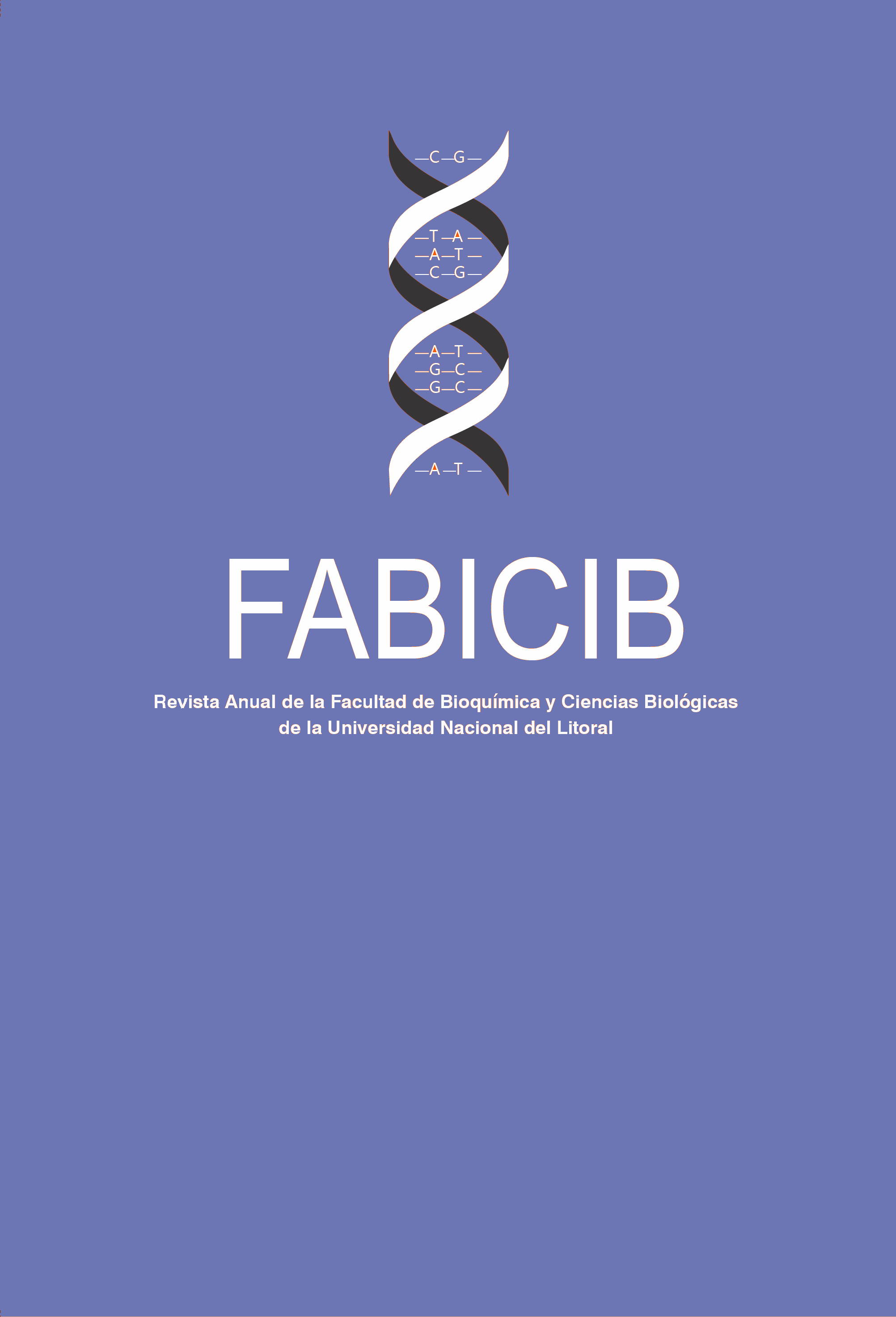Nutritional traits of sea level quinoa genotypes cultivated in temperate environments of Ar- gentina
DOI:
https://doi.org/10.14409/fabicib.v23i0.7885Keywords:
quinoa, sea level genotype, nutritional traitsAbstract
The nutritional composition of quinoa from traditional growing regions is well known, however it is necessary to investigate the nutritional traits of that cultivated in other regions. The objective of this work was to study the proximal composition, the fatty acid profile and the total saponin content of 4 genotypes of sea level quinoa (SL) cultivated in temperate environments of Argentina and to compare them with those of native quinoa of northwestern Argentina (NWA), which was previously studied. The protein content was significantly lower (SL: 12.8 vs. NWA: 16.8 g100-1g; p <0.0001) while the presence of polyunsaturated fatty acids was higher (SL: 87.8 vs. NWA: 83%; p <0.001), in terms of linoleic acid. However, all the nutritional attributes were found within the ranges reported in the international literature. The results obtained suggest that the genotype and the growing environment would affect the nutritional properties of quinoa, which should be taken into account for their selection and use from the nutritional point of view. Knowing the differences between quinoa from different regions of Argentina contributes with national data in the tables of food composition.


